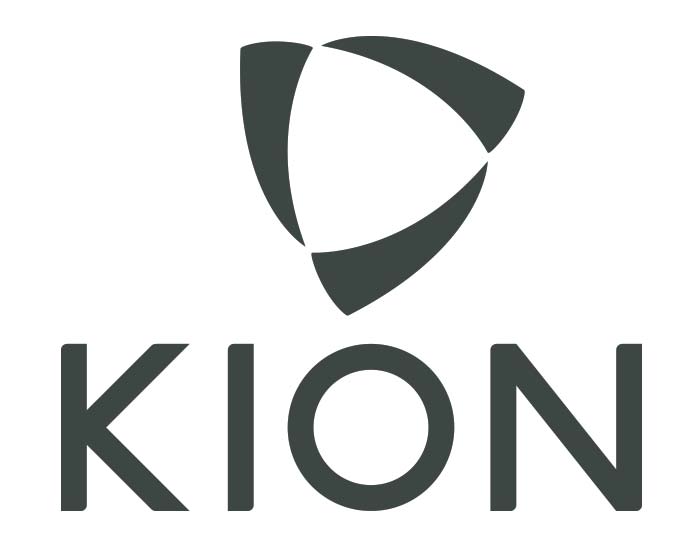What most have come to commonly know as seeds or nuts actually belong in different groups in terms of scientific classification. Peanuts for example are technically legumes while almonds are really seeds of fleshy fruits called drupes. Despite the varied category however, most seeds and nuts are considered rich sources of beneficial dietary fats.
As you may already know, certain kinds of fats can be health-supportive. One of the main reasons why public health organizations recommend including moderate amounts of seeds and nuts in regular diet is because they have a lot of good or unsaturated fats and very little of the bad or saturated kind. Of course, seeds and nuts also offer adequate amounts of proteins, vitamins and minerals.
While raw seeds and nuts are more beneficial than the highly processed commercial forms, there are also certain risks than need to be considered. Read on to know more about the pros and cons of raw seeds and nuts (and be sure to also check out recommended soak times for beans, grains, legumes, nuts and rice).
Raw Seeds and Nuts Benefits:
The two broad types of fatty acids with the main benefit of reducing low-density lipoprotein (LDL) and/or increasing high-density lipoprotein (HDL) are monounsaturated fatty acids (MUFA) and polyunsaturated fatty acids (PUFA). The essential fatty acids known as Omega-3 and Omega-6 belong to the second category. These two fatty acids are the ones your body can’t produce and can only be taken from dietary sources. Here are a few examples of how much of these beneficial fats are found in certain types of seeds and nuts:
- 1 ounce of chia seeds = 6.5 grams PUFA (4.9 g Omega-3 / 1.6 g Omega-6)
- ¼ cup of sesame seeds = 6.7 grams MUFA
- 1 ounce of peanuts = 4 grams PUFA (mostly Omega-6)
- 1 ounce of walnuts = 13.4 grams PUFA (2.6 g Omega-3 / 10.8 g Omega-6)
Another heart-friendly substance significantly found in raw seeds and nuts is phytosterol. This compound’s chemical structure is closely similar to cholesterol but it’s only found in plants. Phytosterol has long been studied for its ability to lower cholesterol levels and thereby reduce risk of cardiovascular disease. Sesame seeds are said to have the highest total amount of this beneficial substance.
In terms of antioxidants, most raw seeds and nuts are rich in Vitamin E. This fat-soluble vitamin helps protect cells from free radical damage, particularly when fats undergo oxidation. This nutrient also supports the cardiovascular system by helping dilate blood vessels and suppress platelet build-up that can block said vessels. Sunflower seeds are one of the richer sources of Vitamin E, with 14.3 milligrams per ounce of serving.
Raw Seeds and Nuts Risks:
Much of the potential danger stems from they’re being raw. As they have not been treated or cooked, there is a chance for harmful microbes to develop in poorly handled and stored seeds and nuts. Salmonella bacteria and Aspergillus mold, which can produce the poisonous substance known as aflatoxin, are two microorganisms that are known to commonly contaminate food.
You also need to be careful about the actual variety of raw nut you’re about to eat as some of them have dangerous inherent substances. There are sweet and bitter types of almonds for example. It is the latter that contains amygdalin which can cause cyanide poisoning.
Whether raw or roasted, a small serving of seeds and nuts can provide a huge amount of calories. This is why compared to other types of food they should only be moderately consumed.
Raw Seeds and Nuts Practical Uses:
To avoid the risks that come with raw seeds and nuts, go for certified organic products. You’ll be more certain that they’re untreated and at the same time clean and uncontaminated as the producer followed the rigorous organic standards.
The easiest way to enjoy raw seeds and nuts is out of hand. You can combine any types and perhaps add some natural dried fruits to make your own trail mix. Certain seeds and nuts are more typically used in cooking than others. There are numerous baking, soup, stir-fry and salad recipes for sesame seeds for example. Of course as an ingredient in a cooked dish, you’ll be loosing some of the raw quality and its benefits.
Some recipes may initially require roasting nuts. To minimize loss of nutrition it is probably best to use a dry roast method. You can easily do this with skillet and stove, just make sure that temperature is low (around 170 degrees Fahrenheit) and cooking time is short (about 15-20 minutes).
In the next post, I’ll tell you the pros and cons of soaked organic quinoa, amaranth or millet in your quest to Become Superhuman.
In the meantime, if you care to jump ahead, here is a complete listing of the grains and legumes on Superhuman Food Pyramid:
Eat:
• Sprouted, Organic Quinoa, Amaranth Or Millet
• Sprouted Legumes (Beans & Lentils)
Moderate:
• Soaked Legumes (Beans & Lentils)
• Soaked, Organic Quinoa, Amaranth Or Millet
• Soaked & Sprouted Wheat Products
Avoid:
• GMO Corn
• Soy Nuts
• Cookies
• Biscotti
• Scones
• Crackers
• Bagels
• Bread
• Cereal
If you have questions, comments or feedback about the pros and cons of raw seeds and nuts the Superhuman Food Pyramid, this website, or other aspects of Becoming Superhuman, then leave your thoughts below, as well as any tips you have on the pros and cons of raw seeds and nuts.

